Fantastic fjords emerging from glacier retreat
16 March, 2023
The RRS Sir David Attenborough has begun its polar science trials in Antarctica. A team of 30 national and international scientists, engineers and technical staff are working on the ship for almost two months of science trials. The team are testing a range of scientific equipment and systems, several for the first time – with disciplines cover oceanography, chemistry, and marine biology. They are also working collaboratively to test out the large laboratory facilities to do multidisciplinary research.
Dr David Barnes, BAS Benthic Marine Ecologist, explains the climate context for study of fjords around King George Island.
Climate change is biting hard around West Antarctica, especially in the northern Antarctic Peninsula, which is the part of the continent most densely visited by scientists and tourists. This is most obvious in terms of ice loss. On average, less of the sea surface freezes for less of the time each winter and 90% of the glaciers are in retreat, and their retreat rate is getting faster. It’s very worrying for life in Earth’s greatest wilderness.
Despite a lot of promises, progress and ‘net zero’ targets, we are behind the curve on trying to reduce impacts of climate change on nature and society. However, we have at least some help from nature in this task. As polar seas warm and lose some of their ice cover, macro algae spread towards the poles and micro algal blooms (phytoplankton) can start earlier and last longer.
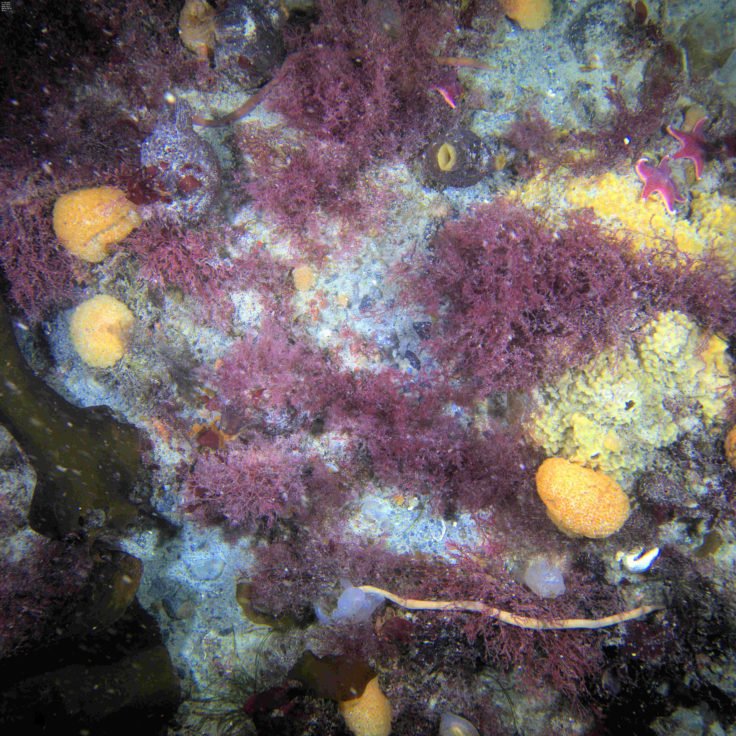
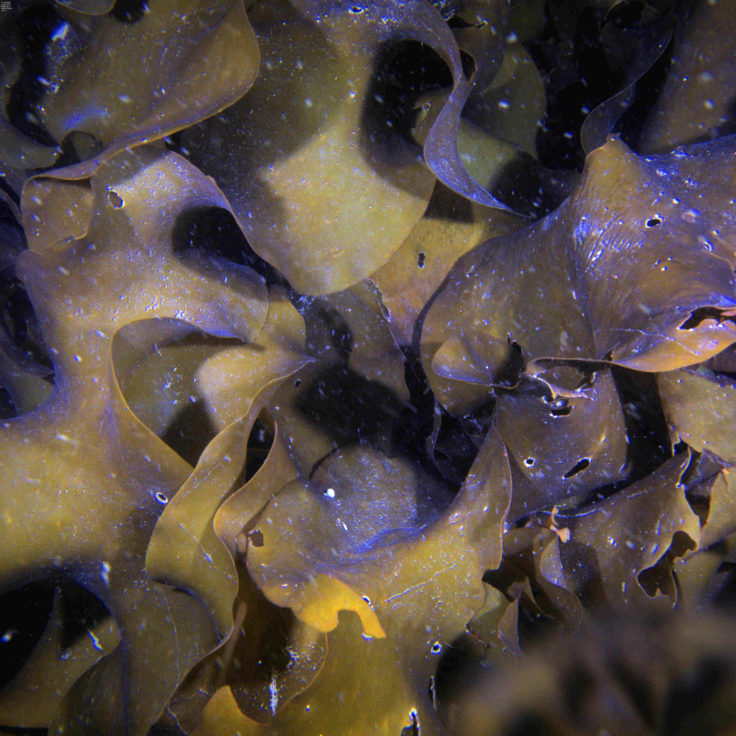
Glacier retreat and ice shelf collapses open up space for these new carbon sinks and so these freezing high latitude seas are one of the only places on our planet with negative (mitigating) feedbacks on climate change. Carbon dioxide is captured from the atmosphere by algae, stored by various long lived animals and ultimately buried under deep muds. We can measure how much of this so-called ‘blue carbon’ is being transferred from atmosphere to burial, where the hotspots are and how powerful the effect is.
Studying new life aboard the RRS Sir David Attenborough Science Trials
In collaboration with marine biologists from other nations, a team on board the RRS Sir David Attenborough are investigating how life colonizes fjords emerging from glacier retreat. Their question is how much carbon is being sucked out of the air by new growth their and buried, and how can we best protect this important biodiversity and function of nature that helps us on our goal of decarbonisation.
The scientists decided to sample along historic retreat of two glaciers, to compare with a previous UK-Chile project that studied some nearby. The ship maps the seabed up the fjord using multibeam sonar, then measures some aspects of the physics and chemistry using a lowered CTD (conductivity, temperature and depth) instrument. A bespoke, high resolution camera platform is lowered to capture pictures of the density and variety of life on the fjord seabed at basins from the oldest to youngest. A multicorer is dropped onto each basins to collect tubes of mud, which can be analysed to show how much carbon has accumulated in the mud over time, how long it takes and many other features to help understand the system and how it varies.
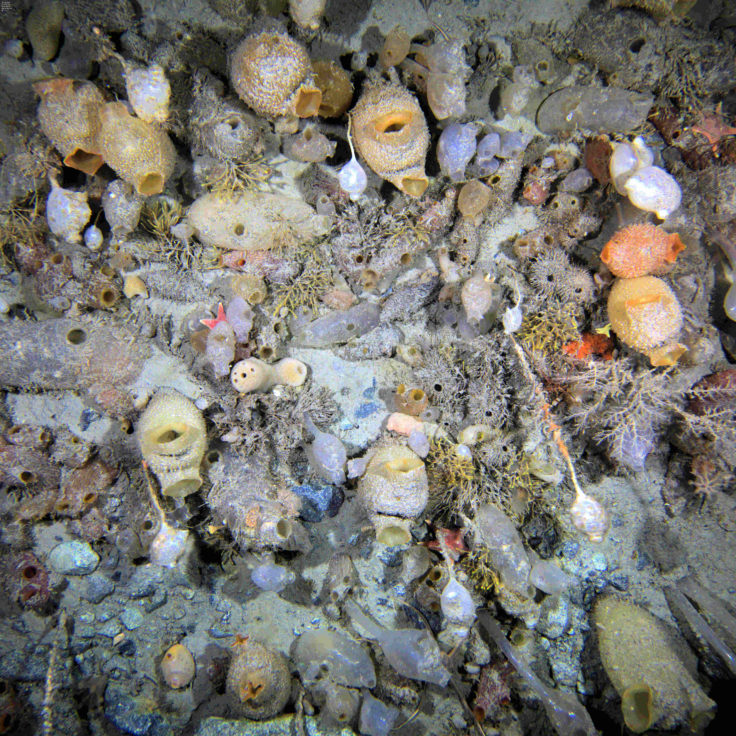
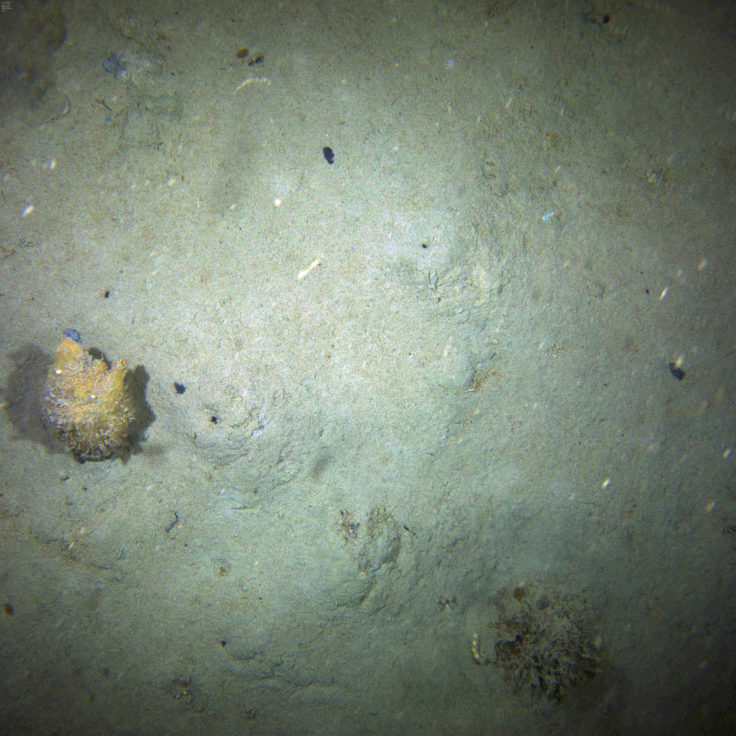
Our camera showed a timeline of life along the emerging fjord from the sediment tolerant pioneers to the crowded boulders, teeming with varied life fighting for space. The ship has spent about 24 hrs in each of two fjords, Admiralty Bay and King George Bay of King George Island, collecting work that international teams will work on for the next two years to try and better understand how, if protected, some key ecosystems can help us in combating perhaps the greatest ever societal challenge.
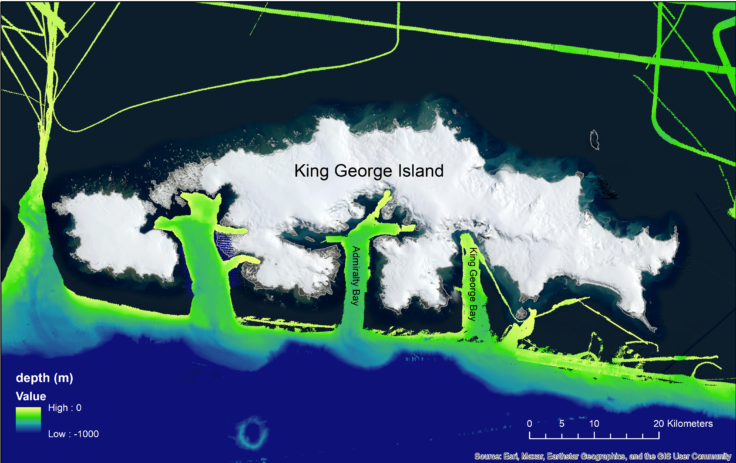
Predicting the impact of climate change
Even just in polar seas, the effects of climate change are very complex. Growth and carbon storage may increase with small (1°C) sea temperature increases but become chaotic by even just a 2°C rise. Perhaps much life around Antarctica will cope with moderate warming but perhaps there will be many losers and few winners. Less annual freezing of the sea surface means that icebergs spend less of the year frozen in, unable to move, so that their collisions with the seabed may become more frequent. So any increased productivity in the shallows may be wiped out by more ice scour – but initial data suggests this is more than compensated for by higher productivity by life in deeper water, which is mainly too deep for icebergs to hit the seabed.
The varied science on board RRS Sir David Attenborough‘s voyage should fit together, and compliment international science effort on other research vessels and stations to help us better understand nature’s role in combating climate change and allow us to pinpoint the most important areas to protect, and how best to monitor whether this protection is effective (for example against threats such as overfishing).
Nature is by far the most efficient at capturing and sequestering carbon but declining tropical forest, mangroves, seagrasses and other crucial habitats around the world show what a poor job we are doing in protecting them. This in turn makes our task of decarbonizing and reducing the very serious impacts of climate change on society so much harder. Unlike the lost opportunities in warmer waters, we have a golden opportunity to protect many powerful polar carbon sinks, the scientists on board RRS Sir David Attenborough hope that they can contribute to making this happen faster and in the right places – fjords must be very high on that list.